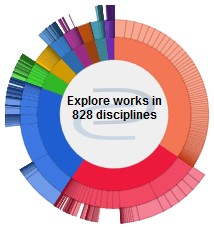Graduate Program
Chemistry
Degree Name
Master of Science (MS)
Semester of Degree Completion
2011
Thesis Director
Doug Klarup
Thesis Committee Member
Gopal Periyannan
Thesis Committee Member
Jonathan Blitz
Thesis Committee Member
Mark McGuire
Abstract
Analytical methods using batch solid phase extraction were developed for two chemical markers, caffeine and acesulfame-K, to assess anthropogenic water contamination of natural water bodies in and around Charleston, Illinois.
Measurements were conducted on 12 different extracted samples using reverse phase HPLC. Two creek samples showed the presence of acesulfame-K (0.45 ± 0.10 and 0.25 ± 0.06 ppb) and two creek samples showed the presence of caffeine (3 .1 ± 1.2 and 1.6 ± 0.6 ppb ). Effluent from the Charleston waste water treatment plant showed an acesulfame-K concentration of 0.67 ± 0.15 ppb.
These results indicate measurement of both markers is helpful in identifying contamination sources in natural water bodies.
Recommended Citation
Bodhipaksha, Laleen, "Method Developments To Analyze Caffeine And Acesulfame-K Concentrations In Natural Waters In And Around Charleston, IL, USA" (2011). Masters Theses. 79.
https://thekeep.eiu.edu/theses/79




